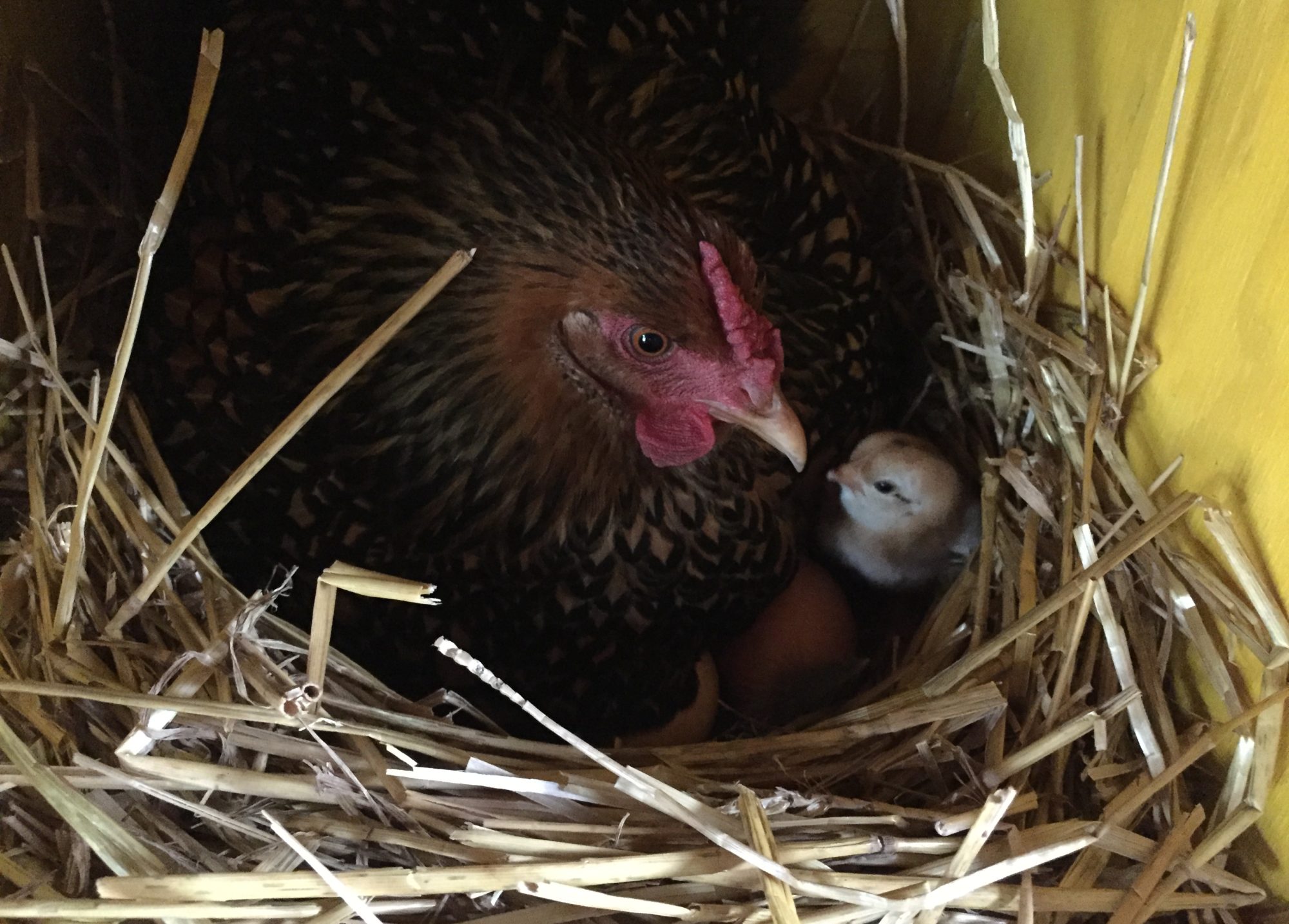We all know that the days are longer in the summer. As a kid, that meant being able to play outside longer. But did you ever think about why the days are longer, or how much longer?
We had our longest day on 20 June. Specifically, we had the day with the most amount of daylight hours, since all days are 24 hours long. The change in daylight hours occurs because the earth’s axis is tilted at 23.5%. On the longest daylight day, the tilt is pointed towards the sun, so more daylight. On the shortest daylight day, the tilt is away from the sun. The longest and shortest days occur six months apart (June and December) and are called Summer and Winter Solstice.
In between the solstices, the tilt is perpendicular to the sun, so everyone gets an equal amount of sunlight, about 12 hours. That’s appropriately called the Equinox. The Equinox days mark the beginning of Spring and Fall. The Solstice days mark the beginning of Summer and Winter. By the way, that’s for the northern hemisphere. If you’re in the southern hemisphere, like Australia, our summer is their winter.

As homesteaders, we watch the weather and daylight hours very closely since most of the work is done outdoors. More daylight means more time to work. At our farm in Ohio, we get about 15 hours of daylight on the Summer Solstice. Although the longest daylight day is around June 20, sunset doesn’t change much for 2-3 weeks before and after that date. In fact, from June 9 to July 14 (a 5 week period), sunset only changes by 5 minutes.

Since chickens, ducks, and most farm animals don’t go to sleep until after sunset, it means we don’t get to go to bed until after they do. For us, sunset on the Solstice is at 9:08pm, but it’s still light for another 30 minutes. After we make sure everyone has food and water and is safely locked up, it’s not uncommon to finish our day between 10:30 and 11:00pm.
Conversely, on the Winter Solstice we get a little over 9 hours of daylight. Between summer and winter, that’s nearly a 6 hour difference! So what do we do with all that extra time since we’re not outside working? Well, winter is our break. There’s not only less daylight, but there are less animals to care for, like broody hens and chicks. We plan for the upcoming spring, write articles, and make extra videos, like our “25 Days of Christmas Spirits” series. But we also relax, find new recipes, and watch a few old movies. Where most people take summer vacations, our “vacation” comes in the dead of winter.

So the next time you’re relaxing during the summer enjoying some fresh eggs, vegetables, or fruit, take a moment to remember the farmer that took full advantage of the sunlight to get that food to you. And when you’re cold in the winter wondering what to do, know that farmers are enjoying the time off and resting up for the long days ahead.

